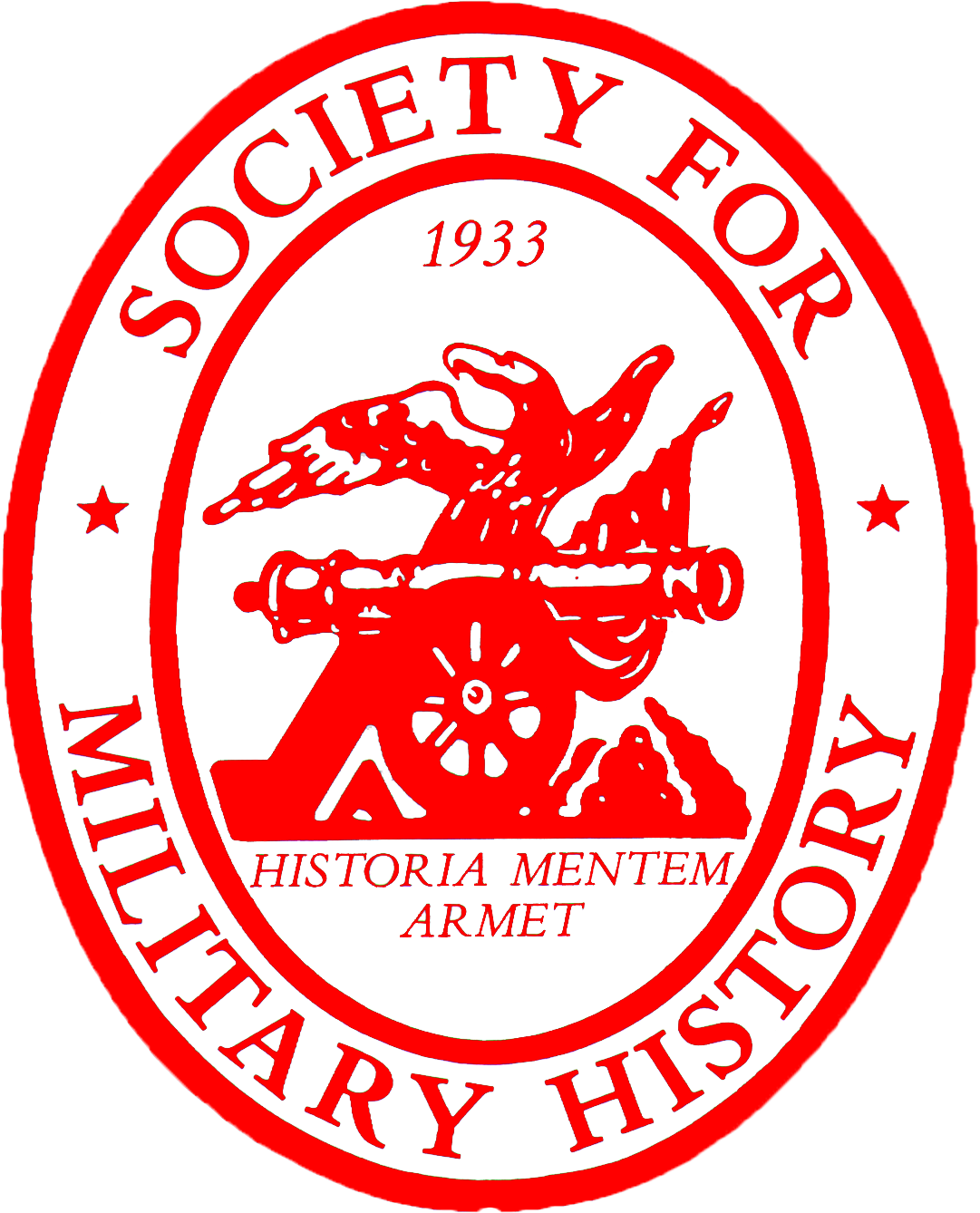
Air Force Historical Research Agency
by John Moremon
Massey University
The Air Force Historical Research Agency (AFHRA) is located within Maxwell Air Force Base, Montgomery, Alabama. This small, well-run archive contains extensive collections of United States Air Force documents. The base is also home to Air University with its impressive library located next door to the AFHRA. The main holdings include unit monthly records, historical reports and selected personal papers.
As the AFHRA is in a military base, visitors are advised to contact staff at least 2-4 weeks before visiting. You can save PDF copies of index entries; if taking notes, record the IRISNUM, call number (CALL), reel number (REEL) and reel frame number (FRAMELST). The index does not include material accessioned after 2001, which may include some historical collections; staff will be able to advise of any additions to the collection relating to your topic.
Visitors need to check-in at Maxwell's Visitor Center. You need government-issued ID (including a passport for international visitors). The AFHRA, open from 9.00am to 4.30pm, is a five minute drive or 20-25 minute walk from the Visitor Center. Archivists are friendly and knowledgeable; and the number of researchers is not likely to exceed 2-3 most times of the year. A laptop, scanner and camera are acceptable; you will need your own tripod. Most of the collection has been microfilmed, and you will be encouraged to use microfilms; with reel numbers from the Air Force History Index, you can help yourself to most reels. Unfortunately, many images are difficult, if not impossible to read. Having also recorded the call numbers from the History Index, you can ask staff for original paper copies (in most cases available) which will be easier to read and can be copied with your camera or scanner. Generally it will take 30-45 minutes to receive a trolley of files. Lighting is not especially good, but sufficient for a digital camera. There are also photocopiers, with a nominal charge (10 cents) for copying. It is also be advisable to take lunch, as there are no eateries nearby; and, if walking, carry a raincoat.
Researchers with a car will have no trouble getting to and from the AFHRA. For graduate students and others reliant on public transportation, travelling around the city will be more challenging and considerably slower. If landing at Montgomery Regional Airport, the alternatives are car hire or taxi (at least $30 each direction); if arriving by bus, be sure you have daylight hours up your sleeve. Central Montgomery is undergoing rejuvenation, but there are some areas to be avoided. For accommodation, two districts can be recommended: Downtown, in the area around Commerce Street; or, for the budget conscious, the eastern strip on Carmichael Road where you will find well-priced, respectable hotels (as low as $40) and restaurants (a daily budget of $35-50 is sufficient). If relying on buses of the Montgomery Area Transit System, from Carmichael use Route 16 to the Downtown Transfer Center (manned, safe, comfortable); then Route 7 to Maxwell. Ask the driver to stop at the main entrance. (With bus travel from Carmichael and the walk from the Visitor Center it can take 60-90 minutes in each direction – but cheap, $1 in each direction.) When leaving Maxwell, the bus stop is about five minutes' walk down the road next to a couple of rundown stores, but with plenty of passing traffic it is safe in daylight hours.
(Summer 2010)
